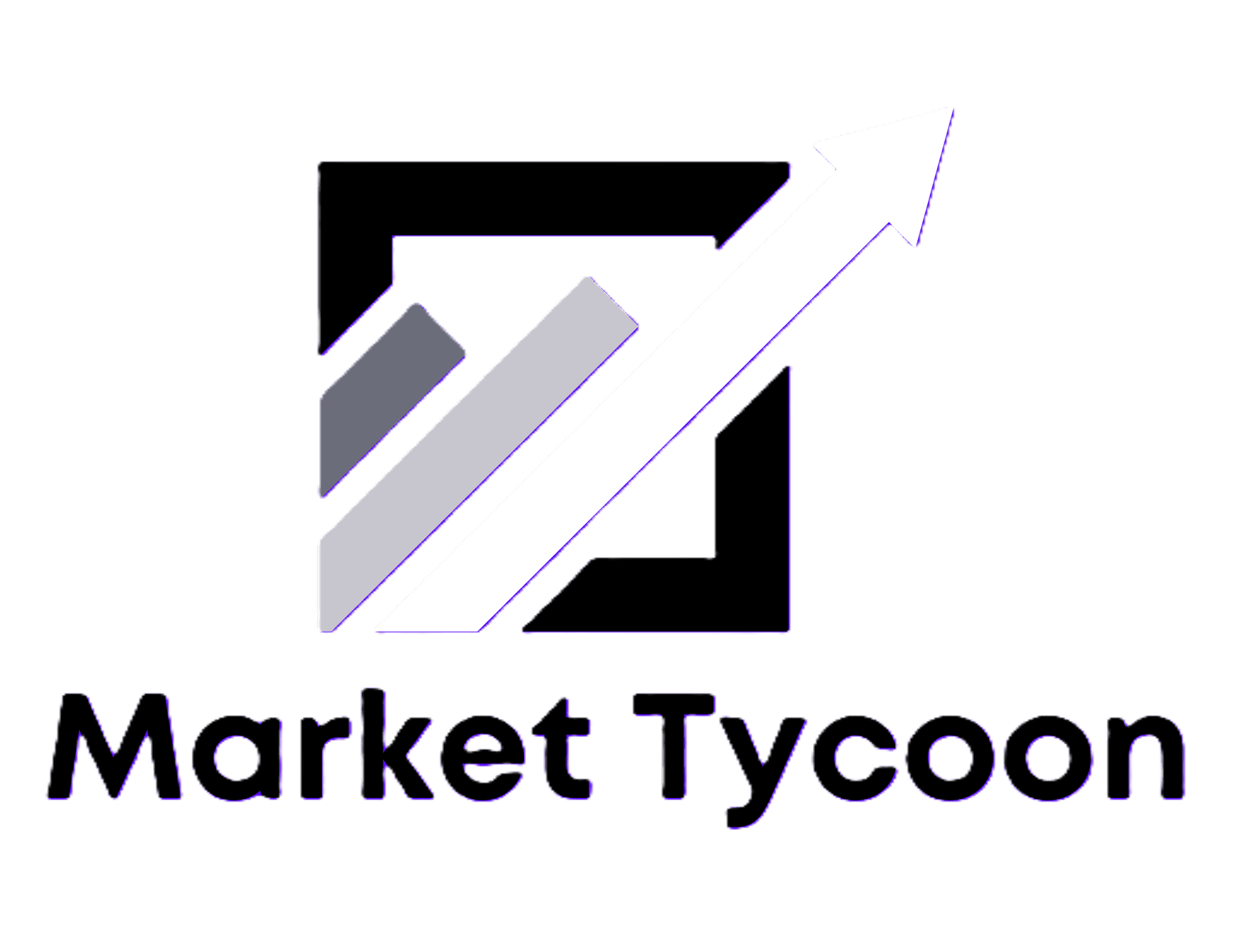VIP Indicators: What They Are and How They Can Benefit Your Business
Understanding VIP Indicators
In today's fast-paced business environment, having the right tools to measure and track success is crucial. VIP Indicators, or Very Important Performance Indicators, are specialized metrics that help businesses assess their performance in a more nuanced way. These indicators go beyond the typical Key Performance Indicators (KPIs) by providing a deeper insight into strategic areas that are pivotal to a company's success. By focusing on these critical metrics, businesses can make informed decisions that drive growth and efficiency.
Unlike standard KPIs, which often provide a broad overview of performance, VIP Indicators are tailored to a company's specific goals and objectives. This customization allows businesses to focus on the areas that matter most to their unique operations, ensuring that resources are allocated effectively and objectives are met with precision.

The Benefits of Implementing VIP Indicators
Implementing VIP Indicators in your business strategy can offer numerous benefits. One significant advantage is the ability to identify key trends and patterns that might otherwise go unnoticed. By tracking these important metrics, businesses can respond proactively to changes in the market or internal operations.
Furthermore, VIP Indicators can enhance decision-making processes. When leaders have access to precise and relevant data, they can make more informed choices that align with the company's strategic goals. This can lead to improved operational efficiency and increased profitability.

Steps to Identify Your VIP Indicators
Identifying your VIP Indicators requires a strategic approach. Here are some steps to help you get started:
- Define Your Objectives: Clearly outline your business goals and objectives. This will guide you in selecting the most relevant indicators.
- Analyze Your Current Metrics: Review existing KPIs and determine which ones align closely with your strategic objectives.
- Consult with Stakeholders: Engage with team members and stakeholders to gather insights on what metrics are most critical to success.
- Customize Your Indicators: Tailor the indicators to fit your unique business needs and ensure they provide actionable insights.

Tracking and Evaluating VIP Indicators
Once you have identified your VIP Indicators, the next step is to implement a system for tracking and evaluating them. This involves setting up a dashboard or utilizing software tools that can automatically collect and analyze data.
Regularly review and adjust your indicators as necessary. As your business evolves, your VIP Indicators may need to change to reflect new priorities or market conditions. Staying flexible ensures that you continue to focus on the most important aspects of your business.

Examples of VIP Indicators in Action
Different industries may have different VIP Indicators based on their unique needs. For example, in the retail sector, an important indicator might be customer satisfaction scores, while a tech company might focus on user engagement metrics. Understanding which metrics hold the most value for your industry is key to leveraging VIP Indicators effectively.
By concentrating on these critical measures, businesses can gain a competitive edge. Whether it's improving customer loyalty, boosting employee productivity, or enhancing financial performance, the right VIP Indicators can lead to substantial improvements in various areas of your business.

Conclusion: Maximizing Business Success with VIP Indicators
Incorporating VIP Indicators into your business strategy can be a game-changer. By focusing on what truly matters to your organization's success, you can drive growth, optimize operations, and achieve your strategic goals more efficiently. Start by identifying your unique VIP Indicators today and watch your business thrive.
